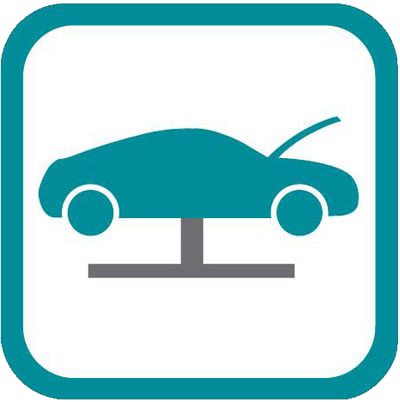Road Trip With Your Pet: 8 Tips
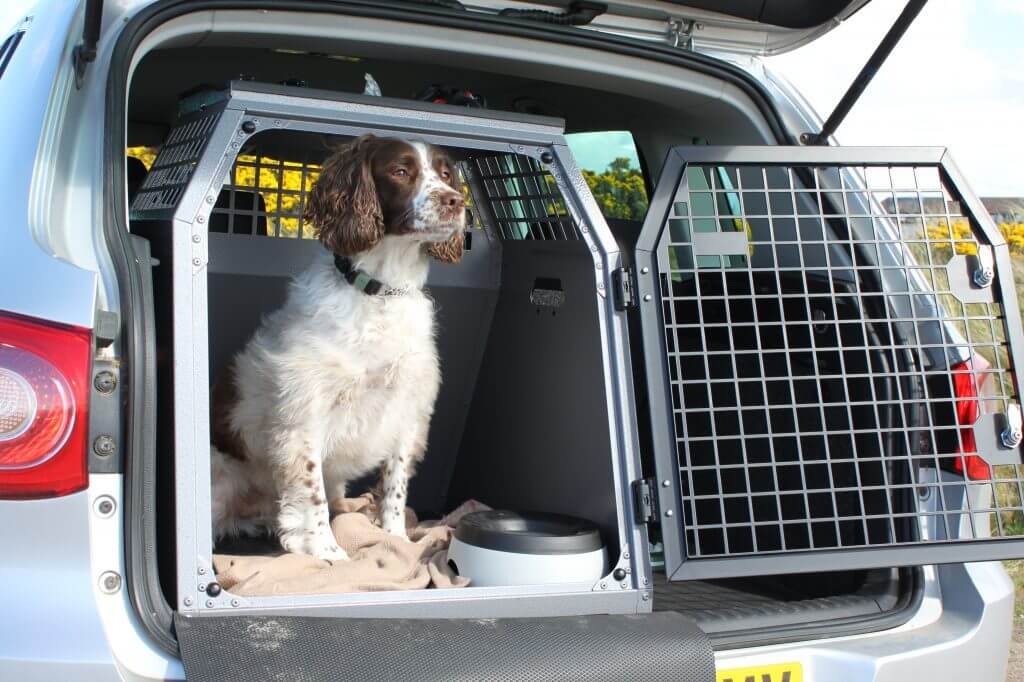
Pets play an important role in our lives; emotional support, cuddle buddy, and a fun companion. It can be hard to be away from our pets for a long period of time, which is why people often bring their pets along for the adventure. There are some critical safety tips to keep in mind if […]
Safety Tips for Driving In Heavy Rain
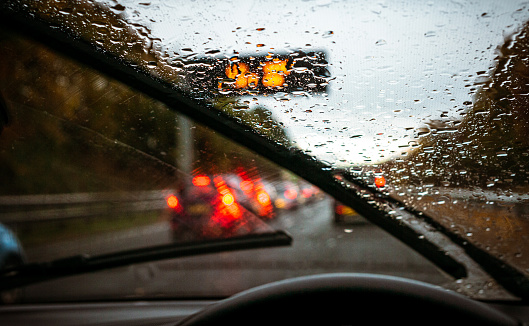
Safety Tips for Driving in the Rain Stay safe and maintain control when the weather turns wet. Preparation: Get Your Car Ready for Wet Roads Your safety in the rain starts with ensuring your vehicle is properly maintained. Two components are absolutely critical when encountering wet conditions: Key Vehicle Checks: Tires: Ensure your tires have […]
How To Know If Your Brakes Need To Be Replaced
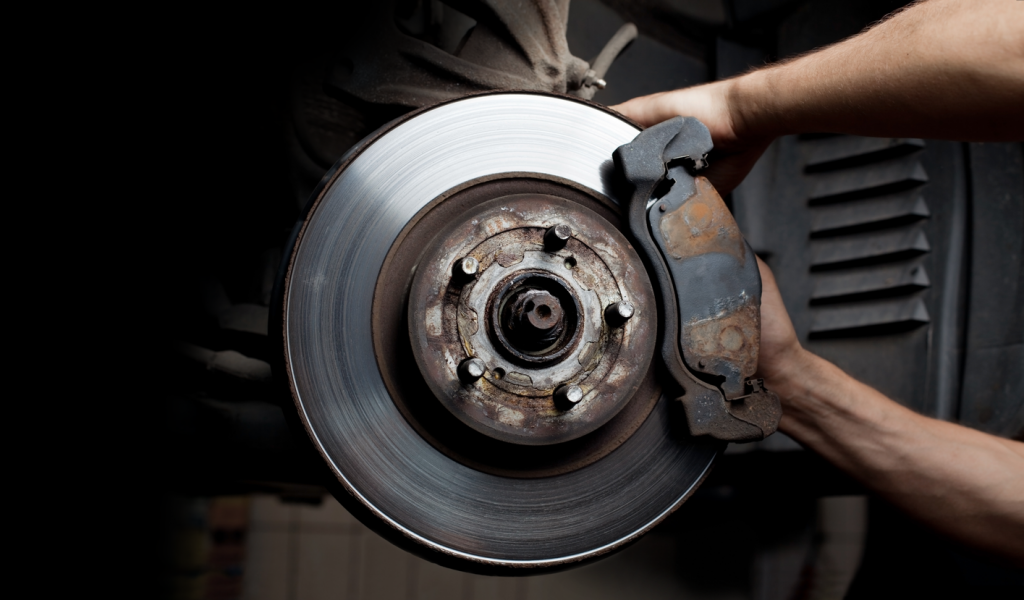
The brake pads are an essential factor in your braking system. They protect the rotor from damage and distribute heat from friction. Many problems could arise if the brake pads are worn down more than a quarter of an inch. The metal “wear indicators” making friction with the rotor can cause warping or cracking. Without […]
Why You Should Avoid Potholes on the Road
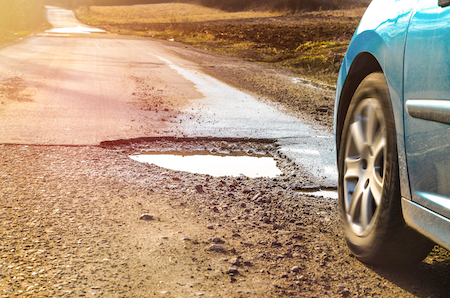
The months of December- April are considered pothole season. Potholes are formed in the pavement due to the expansion (freezing) and contraction (thawing) of ground water from rain and snow, and from heavy traffic. While potholes usually only develop to a depth of a few inches, if they become large enough, they can cause damage […]
Air Conditioning: What’s that smell?

Air Conditioning: What’s That Smell? Don’t let a foul odor ruin your drive. Learn what causes AC smells and how to get your fresh air back. It’s Not You, It’s the Car You turn on the air conditioning for relief from the heat, but instead, you are blasted with a smell that resembles dirty gym […]
How to know your wipers need to be replaced

How to Know Your Wipers Need to be Replaced Clear visibility is key to safe driving. Don’t wait for a storm to realize your blades are bad. Don’t Wait for the Rain We often ignore our windshield wipers until we are caught in a downpour, only to realize they are streaking, skipping, or barely clearing […]
Spring Cleaning & Maintenance
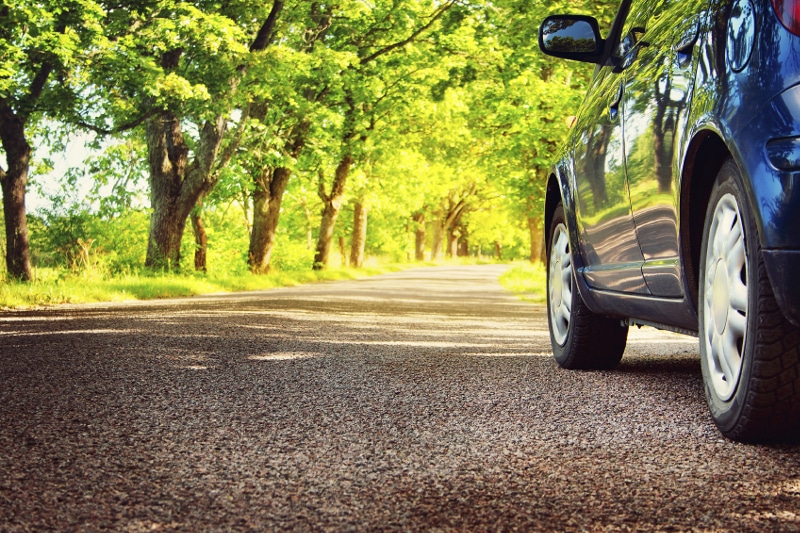
Wash winter’s grit & road salt away and enjoy the Spring weather in your clean ride! Spring cleaning checklist: • Undercarriage flush – With the onset of spring, all car owners should have their car’s undercarriage flushed. • De-grunge – To remove grunge you need to wash your car with a strong detergent; most car […]
Driving in Hazardous Weather
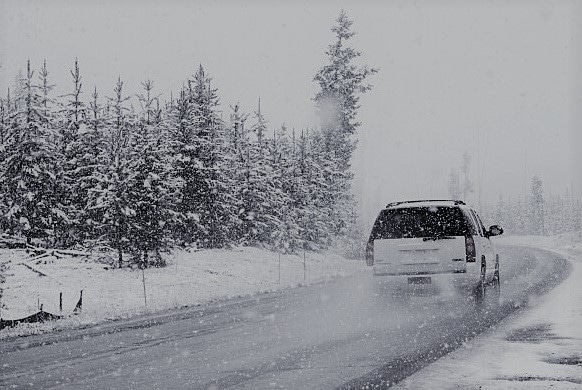
Preparation, practice, staying calm and caution are the keys to staying safe in hazardous driving conditions. Conditions such as snow, heavy rain, or even thick fog often relate to an increase in traffic incidents/crashes. Don’t let this make you think that a little bit of snow or rain doesn’t also call for precautions when driving. […]
Car sitting idle for weeks or months? Here’s what you need to know.
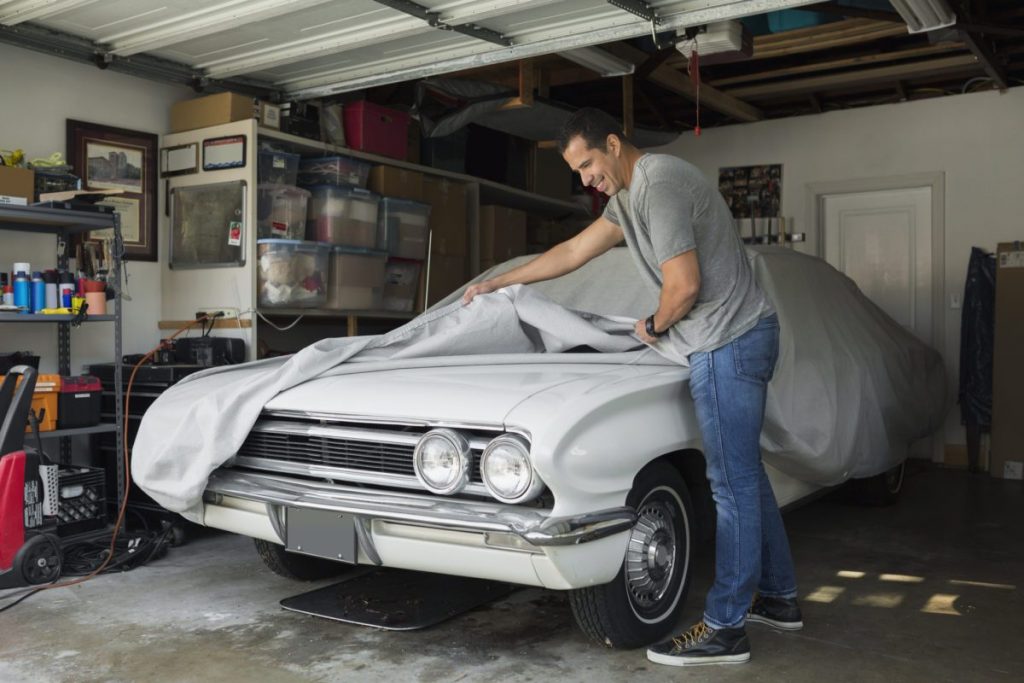
What Happens When Your Car Sits Idle for Weeks or Months — Essential Tips & Risks If your car has been sitting idle in the driveway, garage, or even outside for weeks or months, you may be facing more than just a dusty windshield. Vehicles are meant to be driven regularly, and when they sit […]
Are Your Tires Ready For Winter?
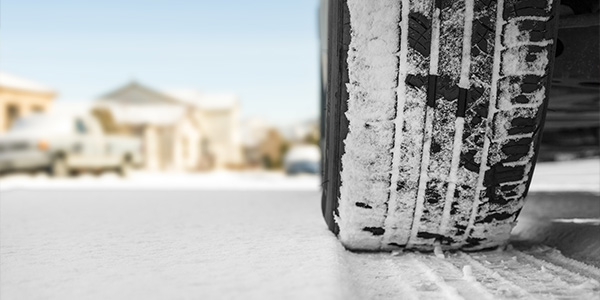
With the winter season upon us, it is inevitable we will soon be dealing with colder temperatures, snow, and ice. Properly maintained tires are vital…


